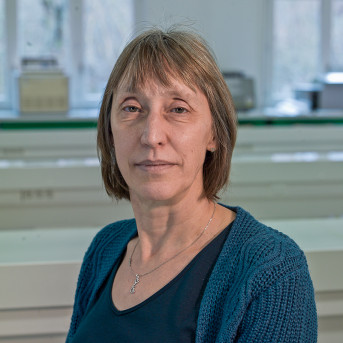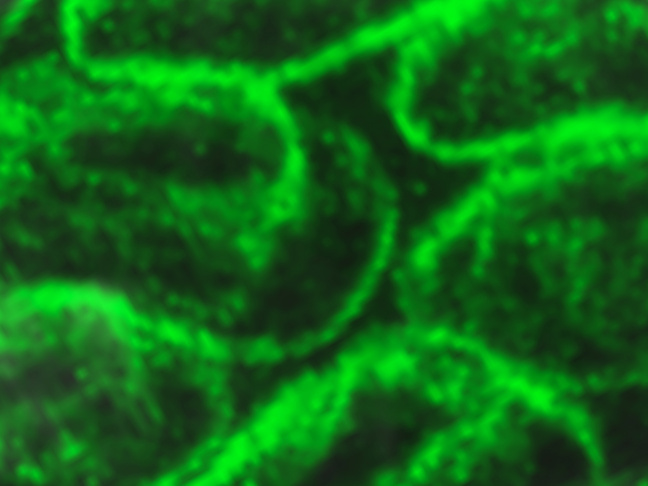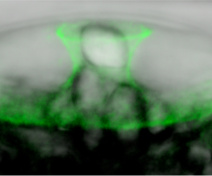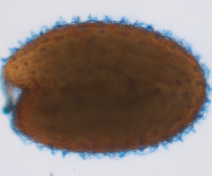My main research focus is the production and properties of mucilage released from seed coats on imbibition and its influence on seed physiology. I am also interested in the how the environment shapes seed coat properties and seed physiology.
Seeds are a major evolutionary innovation that allow otherwise sessile plants to travel through both space and time. The seed coat comprises a range of sophisticated mechanisms that maximum the chances for the embryo enclosed within to survive and grow into a reproductive plant. These mechanisms promote dispersion and protection while allowing interactions between the embryo and the external environment. The latter are essential for determining when conditions are conducive for germination. My research focuses on a seed coat specialisation, mucilage production or myxospermy, whose contribution to fitness remains to be clearly demonstrated. The major constituents of mucilage are polysaccharides and their production during seed development involves a significant metabolic investment by the mother plant so a major increase in fitness is expected from their production.

To date, no unifying benefit for seed mucilage has been identified and this is one objective of my research. While the formation of hydrophilic mucilage by seed maternal tissues is a common trait among angiosperms, work in my team focuses on mucilage production, structure and properties in two Brassicaceae, the model plant arabidopsis and the oilseed crop camelina. We are exploiting natural variation in mucilage traits to gain clues about the advantage mucilage can provide in the environments and habitats in which these species grow. Seed mucilage is also an excellent model system for studying more fundamental aspects of polysaccharide synthesis, properties and interactions. Molecular genetics is facilitated by the massive production of mucilage polysaccharides during a short time window during seed development, while their release from the mature seed coat on imbibition simplifies their analysis. This system has proved to be a rich resource for our group to identify novel genes involved in polysaccharide synthesis or modification and to gain new insights into polymer interactions.

To date, no unifying benefit for seed mucilage has been identified and this is one objective of my research. While the formation of hydrophilic mucilage by seed maternal tissues is a common trait among angiosperms, work in my team focuses on mucilage production, structure and properties in two Brassicaceae, the model plant arabidopsis and the oilseed crop camelina. We are exploiting natural variation in mucilage traits to gain clues about the advantage mucilage can provide in the environments and habitats in which these species grow. Seed mucilage is also an excellent model system for studying more fundamental aspects of polysaccharide synthesis, properties and interactions. Molecular genetics is facilitated by the massive production of mucilage polysaccharides during a short time window during seed development, while their release from the mature seed coat on imbibition simplifies their analysis. This system has proved to be a rich resource for our group to identify novel genes involved in polysaccharide synthesis or modification and to gain new insights into polymer interactions.



